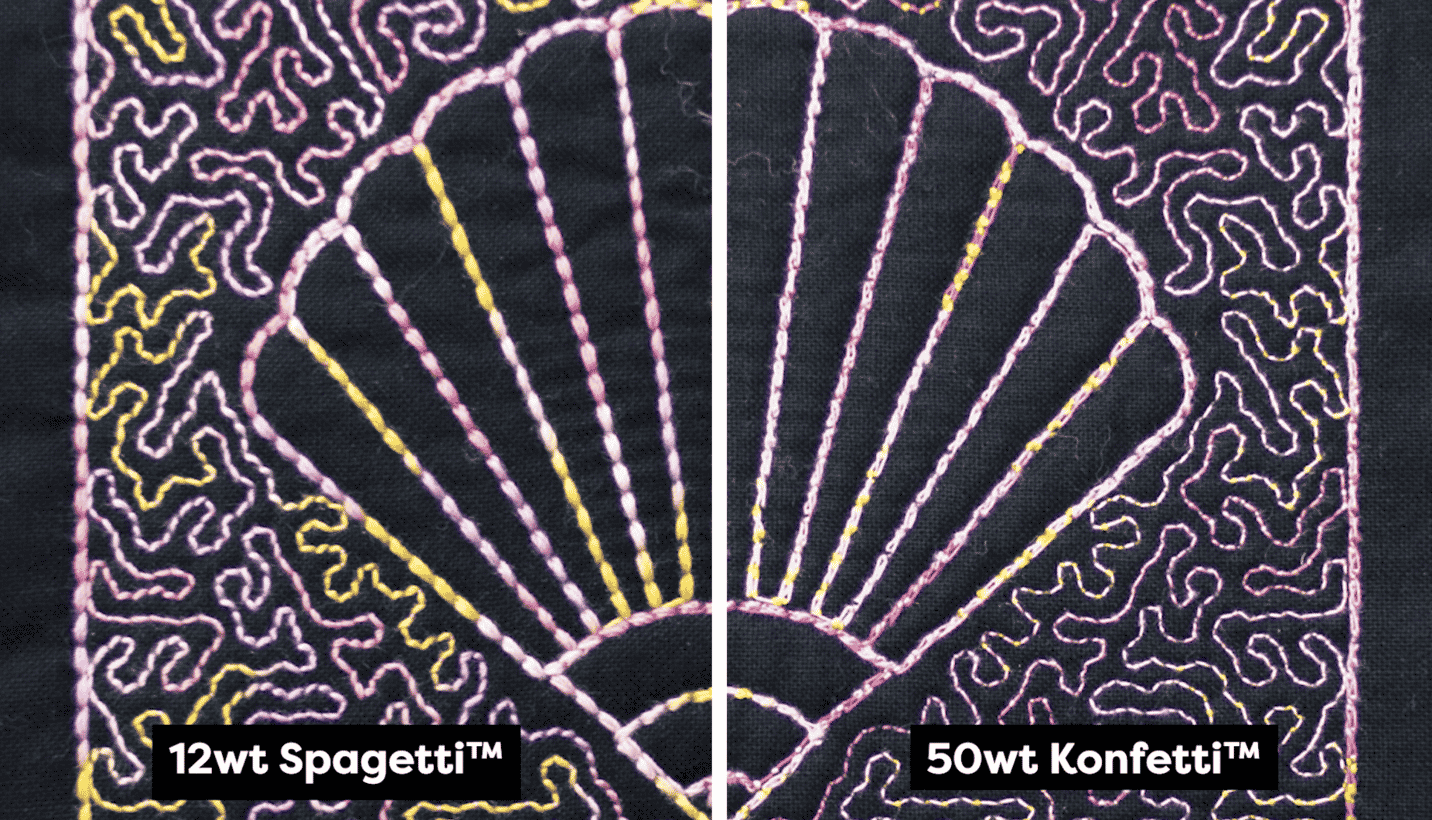If you’re lucky enough to own an embroidery machine, you have a million creative possibilities you can do for any project. We’re going to take a closer look at what kind of thread you want to choose when doing certain embroidery projects or techniques, explain why you want to choose these threads, and show you the perfect professional results! By choosing the best thread for your machine embroidery, you’ll always have the best outcome for every project you pursue.
- Embroidering patches, jackets, bags, or projects that will need to endure exposure.
Polyester is a thread material that is naturally better at holding up over a lot of use, abrasion, and exposure to water or the elements. This is our recommended choice for machine embroidery on projects like bags, backpacks, shoes, jackets, or really any project that’s going to be exposed to the outdoors or need to endure a lot of wear and tear.
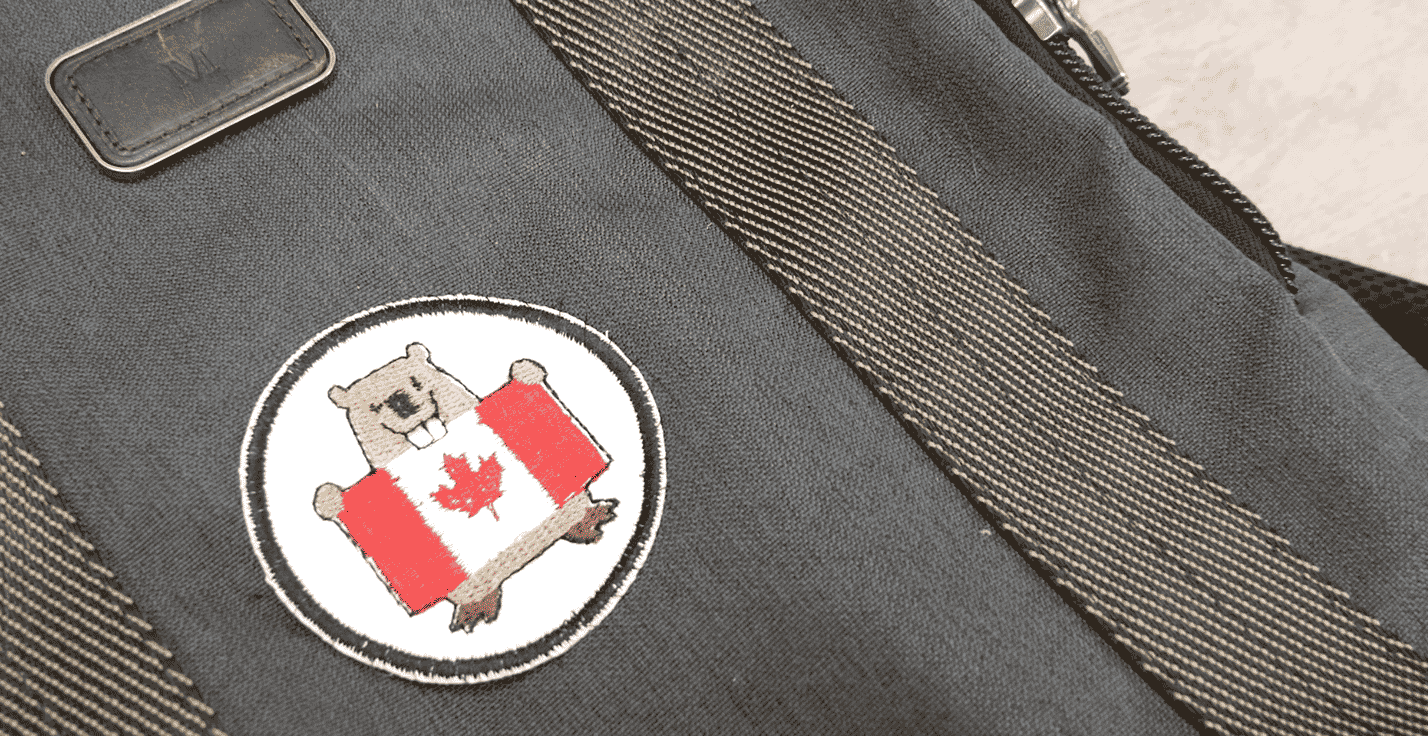
Polyfast is WonderFil’s choice for polyester machine embroidery. This 40wt trilobal polyester thread has a gorgeous shine and lustre that is perfect for helping your embroidered designs stand out. Not only does it come in 210 colours, but it can also withstand mild bleaching, is colorfast, and is safe to iron. Polyfast is a popular choice for all kinds of machine embroidery and not just when you need it to hold up.
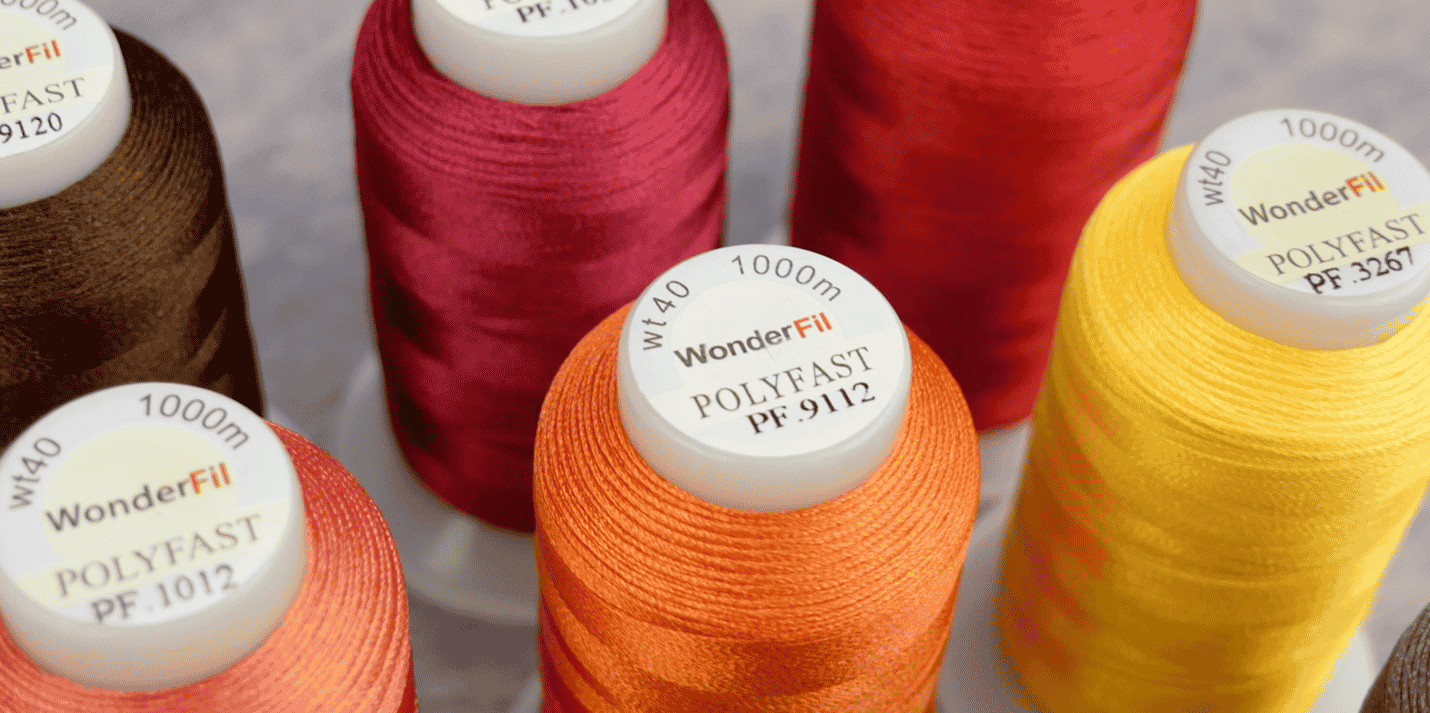
- Digitized lace designs.
Machine embroidered lace is a favorite project for many. These intricate designs are beautiful to look at and can be used for anything from table settings to decorating clothing. But the thread you use can make a huge impact on the look and feel of your finished thread lace.
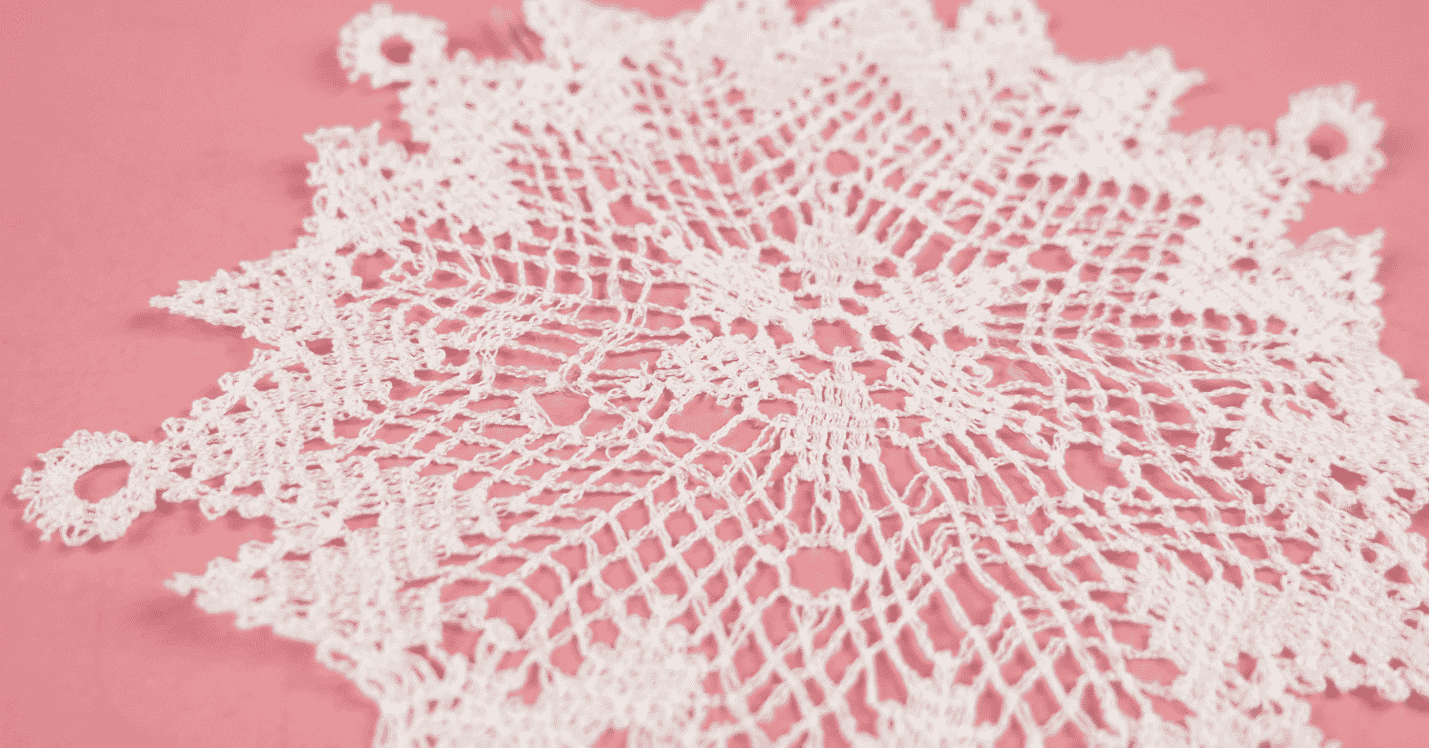
Meet DecoBob, an 80wt cottonized polyester thread. This super fine thread is a strong polyester that’s been treated to take most of the shine and stretch out of it. The result is a super fine, super strong thread with a matte finish that resembles cotton. You can absolutely do machine embroidery with this thread and the results are fabulous.
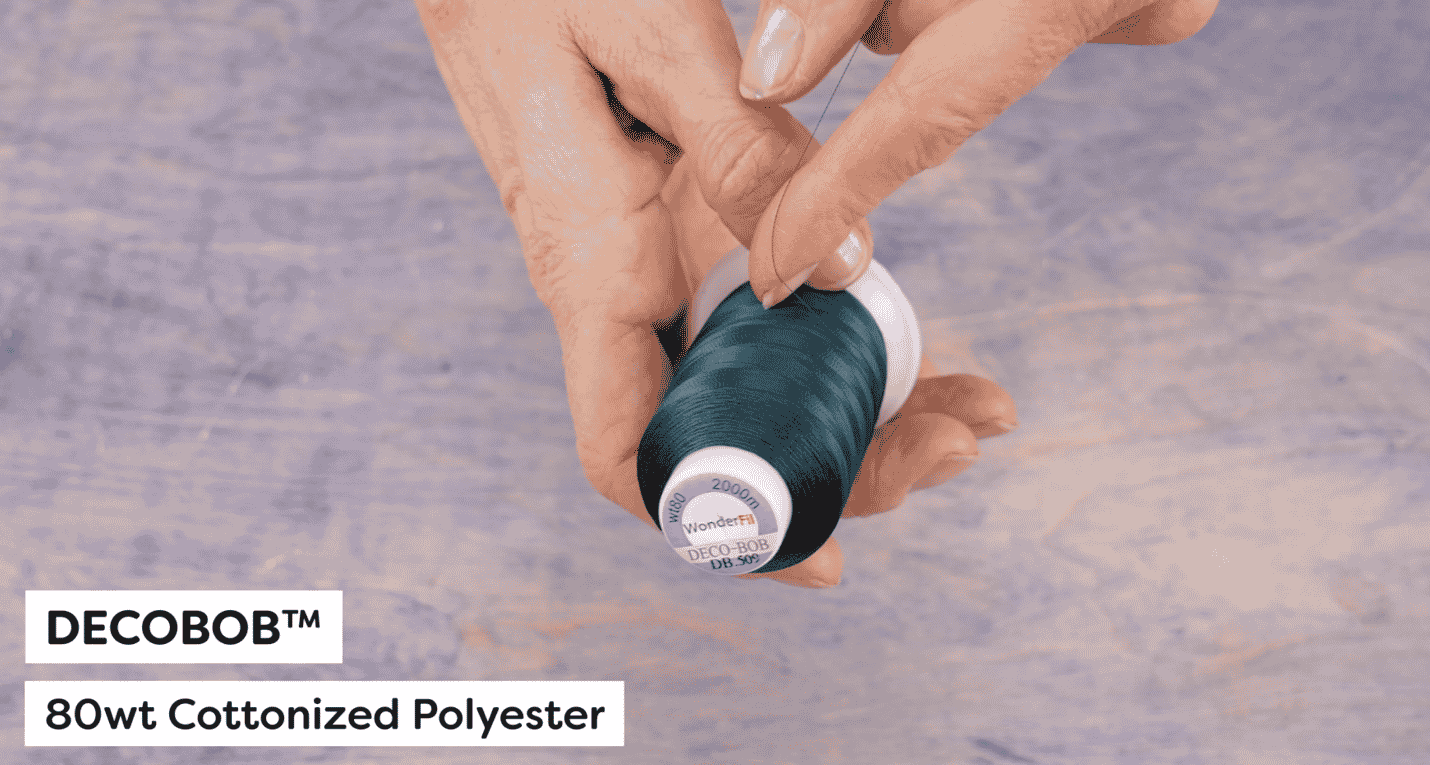
Because this thread is so fine, you can keep all those little details in your lace design. Not only does your thread lace look better, but it also feels much more soft and flexible to the touch. A simple thread change can make a whole lot of difference.
- Monogramming and small embroideries.
Another time you’ll want to reach for a fine thread is when you’re doing monogramming, text, or small embroidery designs. Because you’re trying to capture a lot of detail in a small space, a smaller thread will keep the edges of your embroidery cleaner, and you’ll be able to show off a lot more of the detail whereas a medium weight thread like 40 or 50wt will fill those details in too much.
Take for example this embroidery design. It looks great at a larger scale, but if you want to shrink the design down, you start to lose all those details in the design. By switching to a finer thread, like this 100wt InvisaFil, you can keep those details so your embroidery looks just as good as it does at a larger size.
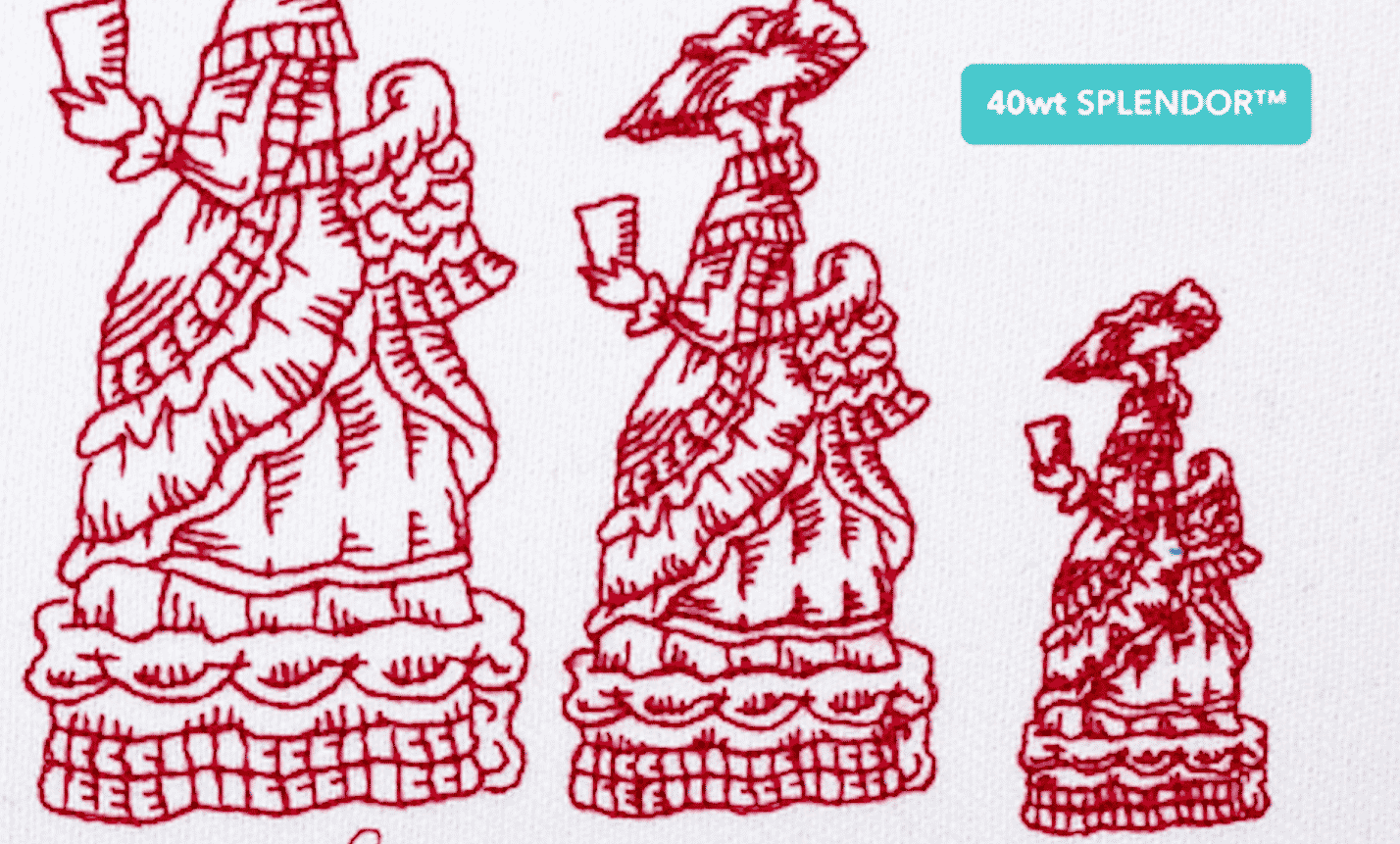
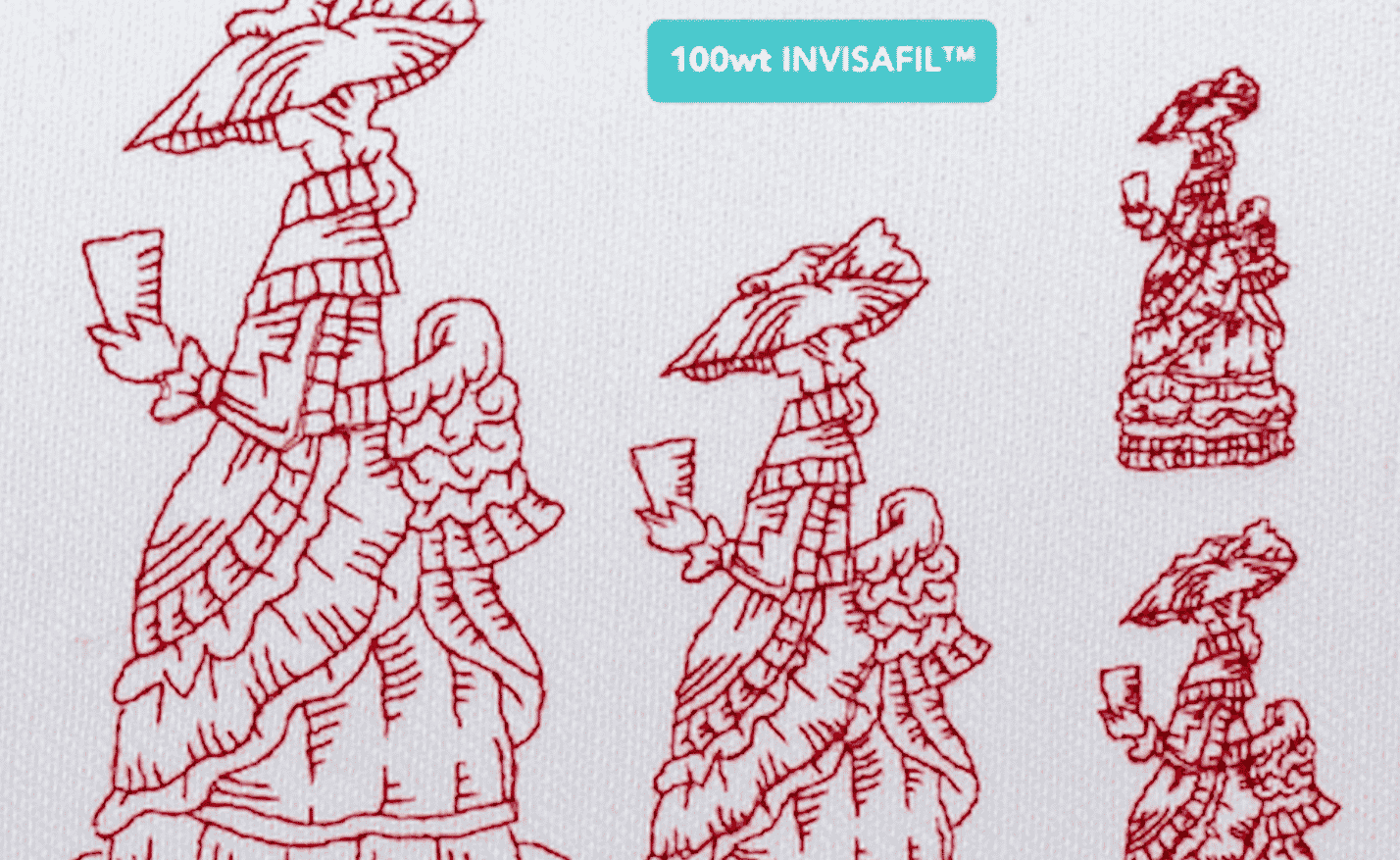
InvisaFil is also a fantastic choice for monogramming and text embroideries as it helps to keep the edges of the letters sharp and clean. This super fine 100wt thread is also made from a cottonized polyester like DecoBob, but is even smaller. Don’t be afraid to use these tiny threads in your embroidery projects, they can make a big impact in how your designs turn out.

- Art quilts, appliqué, and decorative designs.
There’s a lot of thread options for these techniques, so it depends entirely what look and feel you prefer. We’ll cover a few of our favorites and why we love using them.
Spotlite is a metallic thread with a rayon core. Many metallic threads will use a polyester core as polyester is strong, however it does tend to have some stretch to it. As the thread goes through all the bends in your machine along the thread path, it can stretch around those corners, causing thread breaks. Because rayon has absolutely no stretch to it, it prevents thread breaks and offers a higher stitch quality, especially with dense stitching like in an embroidery machine.
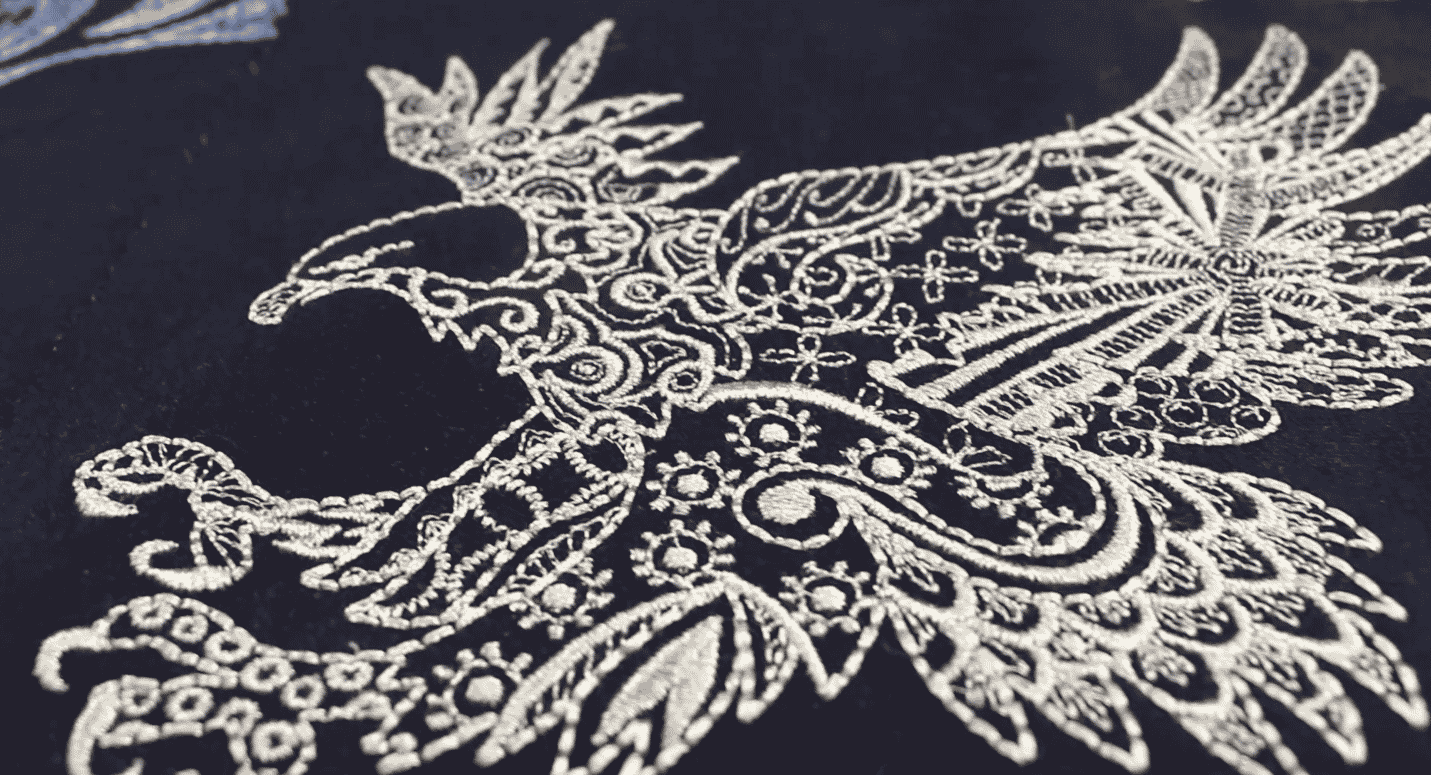
Metallic is a gorgeous thread that can’t be compared to any other and it gives your projects a totally unique look, making it a great choice for freestanding lace projects, appliquéing your pieces down, or embroidery on art quilts.
If you’re not going for the metallic look, you can also consider rayon as a great alternative to polyester. This 40wt 100% rayon thread is called Splendor. We explain in detail the differences between rayon and polyester in our video, “Rayon vs Polyester: What’s the Difference?”. This thread is softer and has a more natural shine than polyester, making it a great choice for art quilts, appliqué, decorative designs, as well as embroidery on clothing since it sits against the skin. However, both rayon and metallic threads should be avoided with projects that need to endure more abrasion and exposure to the elements like polyester can.
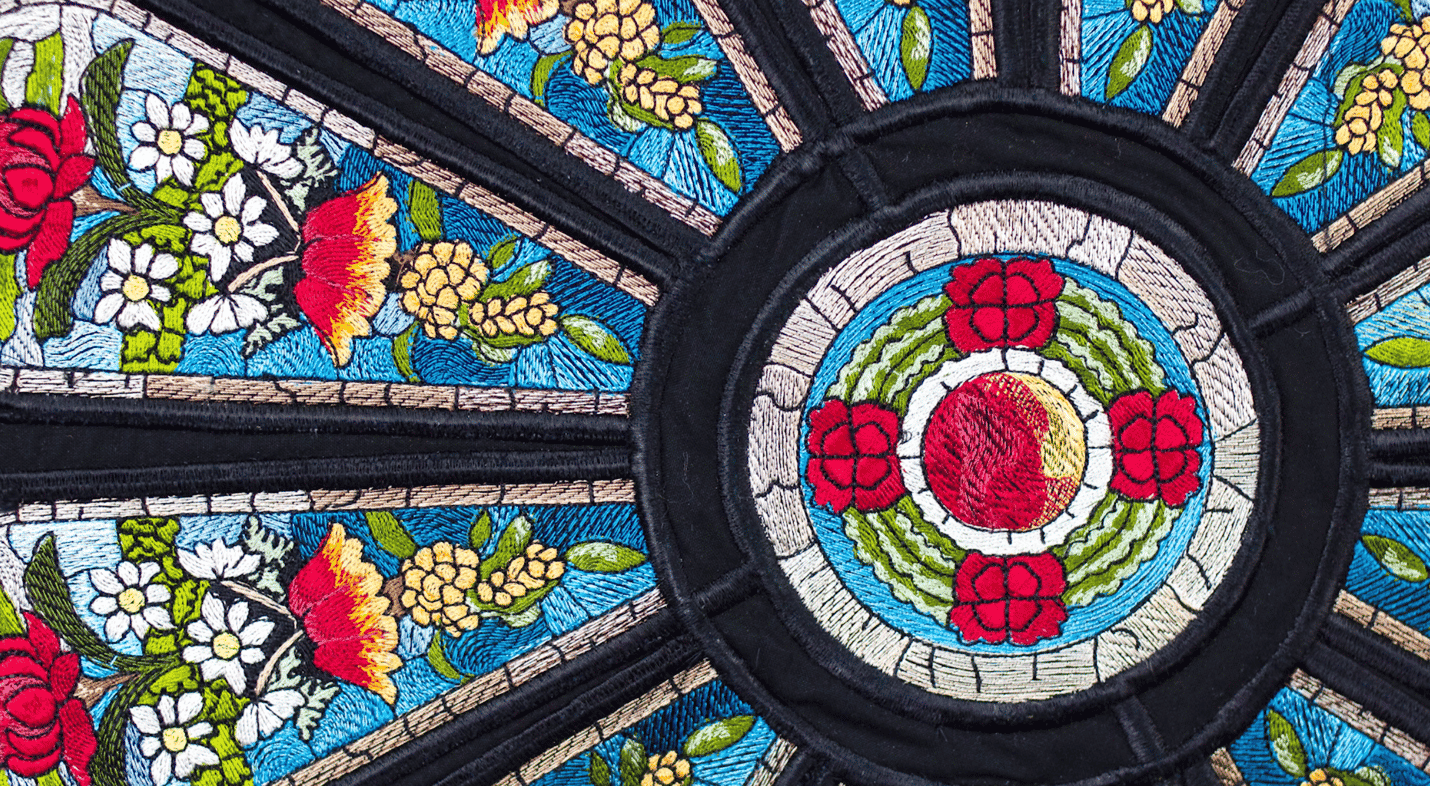
- Projects with a natural, matte finish.
Have you ever considered using cotton in your embroidery designs? It’s worth keeping in mind because you can achieve a beautiful natural, matte cotton finish that totally changes the look of your embroidery. This is perfect for giving your project a more traditional appearance that can be achieved simply by changing the thread.
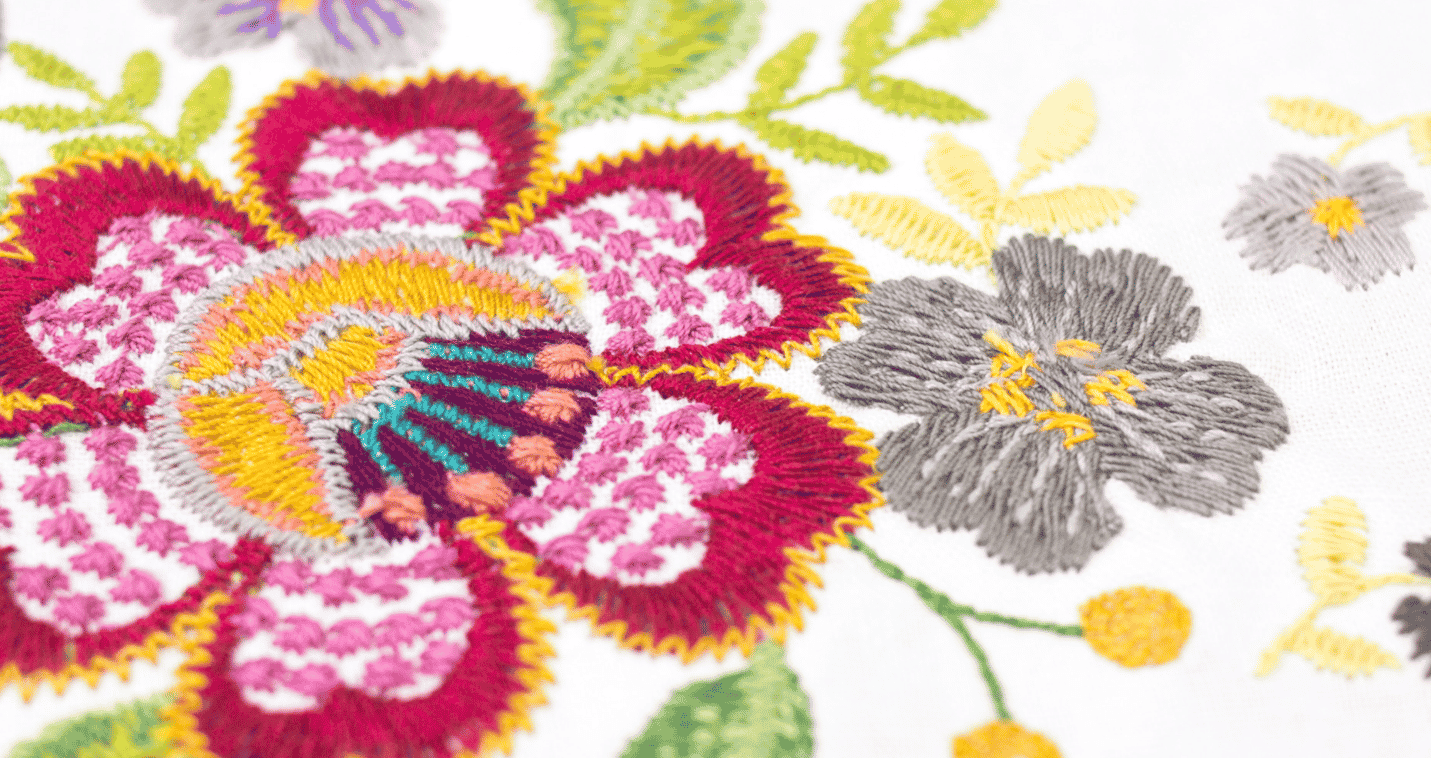
When embroidering with cotton, it is important to choose a thread with a low lint finish. We recommend Konfetti, a 50wt long staple Egyptian cotton that has been double gassed. Gassing is a process where the thread passes between a flame, burning 80% of the lint from its surface. Konfetti undergoes this process a second time, leaving the thread with a super clean, low lint finish. This makes a huge difference on the amount of lint build up in the machine.

- Outlining and emphasizing.
Have you ever considered using a 12wt thread in your embroidery designs? Not only can you use it in your embroidery machine, but it gives you a bold look that can only be achieved with these thicker threads. This makes 12wt thread perfect for outlining and adding emphasis to any project. Just keep in mind when choosing your design that you select one without a lot of small details close together to give your design space for the thicker thread.
